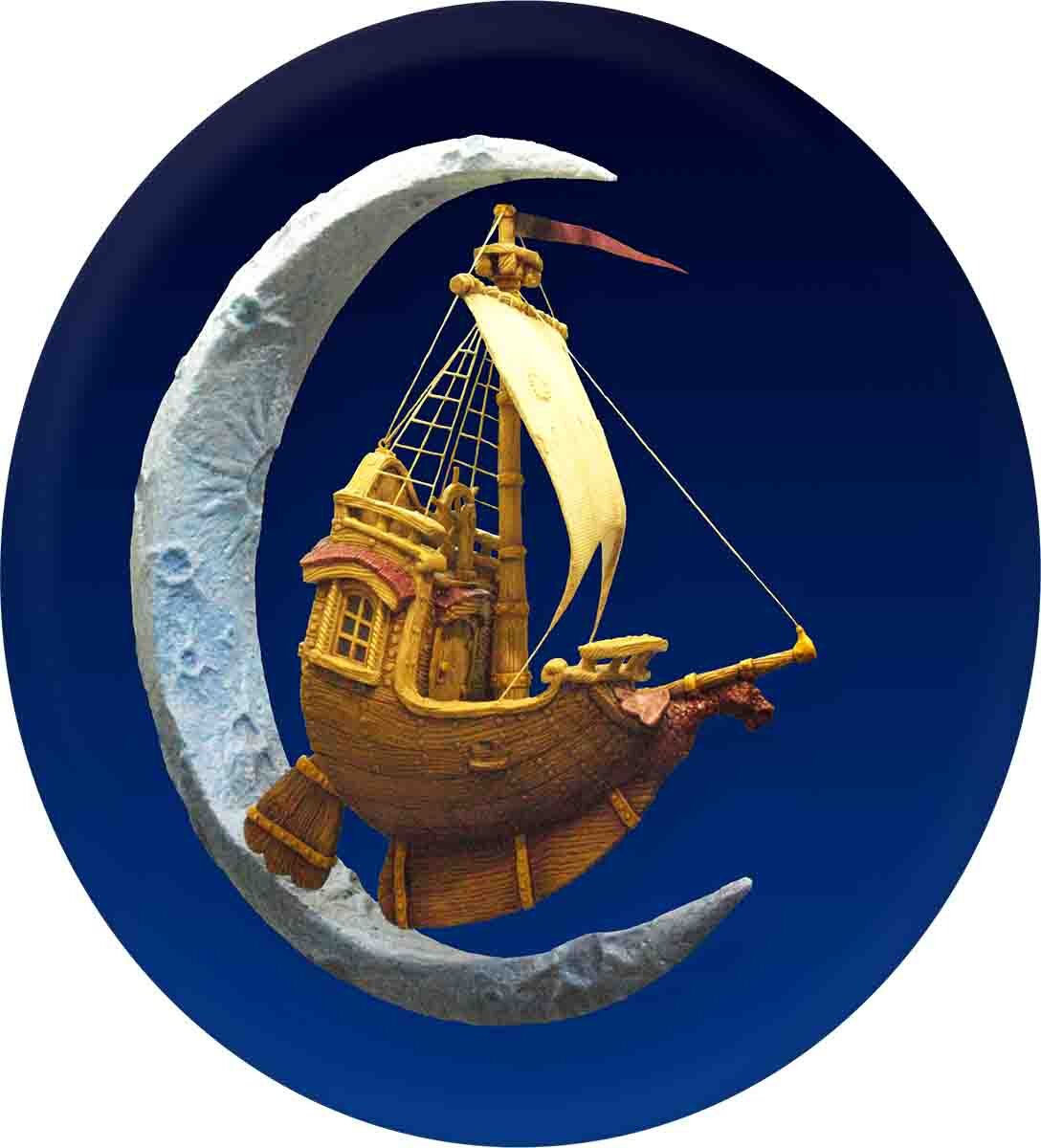In our last instalment we finished off the knight figures and now it is time to take a look at the sign’s bracket. We start with custom steel plates that will hold the finished sign in place. Then, we fired up our hydraulic bender and bent up a heavy 1.125" thick steel rod. This will serve as the sign’s primary support. The smaller curl (on the top left) is 1" solid steel. It is a two person job with one steadying things and one welding everything securely in place. We also welded a temporary stand to hold the sign securely while we work on it and for transport to the site.
While we would love to invest in a forge at some point, it just wasn’t in the cards for this project. (To be fair, If I listed all the tools we’d like to have, it might rival the Old Testament for length.) For this project, we opted to duplicate the look with sculpted epoxy.
We bent up the primary steel in our hydraulic bender and welded it up good and strong. Then we used some lighter steel to form the framework for the leaves and other decorative elements and welded them in place. Over this, we added a quick form with sculpting epoxy. After this we added a final decorative layer to make it look like wrought steel - complete with 'hammer and tool' marks.
We also broke out our die grinder and added texture to the faces corners, and edges of the sign.
At this point we still have the decorative finale to put on the top faces and a few more details before the paint is started. However, with the large cornice moulding, the sign looks pretty substantial!












